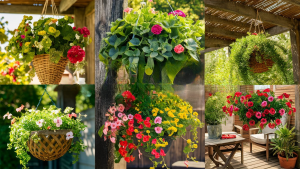This guide will cover a wide range of plants that thrive in the USDA plant hardiness zones of Georgia, encompassing the range from Zone 6a in the mountains to Zone 9a along the coast.
Vegetables To Plant
Planting vegetables in July can be quite rewarding, especially for crops that thrive in the heat and have a shorter growing cycle. Here are ten vegetable plants suitable for July planting in Georgia:
Okra
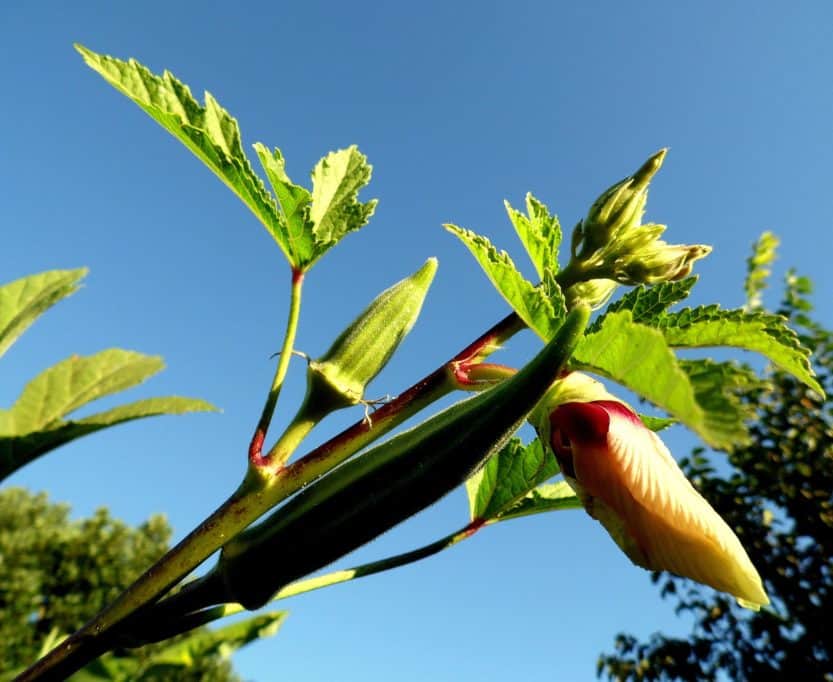
Okra is a quintessential southern vegetable appreciated for its heat tolerance and adaptability. Ideal for Georgia’s climate, this plant thrives in temperatures above 70°F and can endure even higher heat. July is a perfect time for planting okra, as it requires around 60-90 days to mature. It is best sown directly into the soil after the last frost, which means July plantings will yield harvests starting in late summer through early autumn.
Southern Peas (Cowpeas)
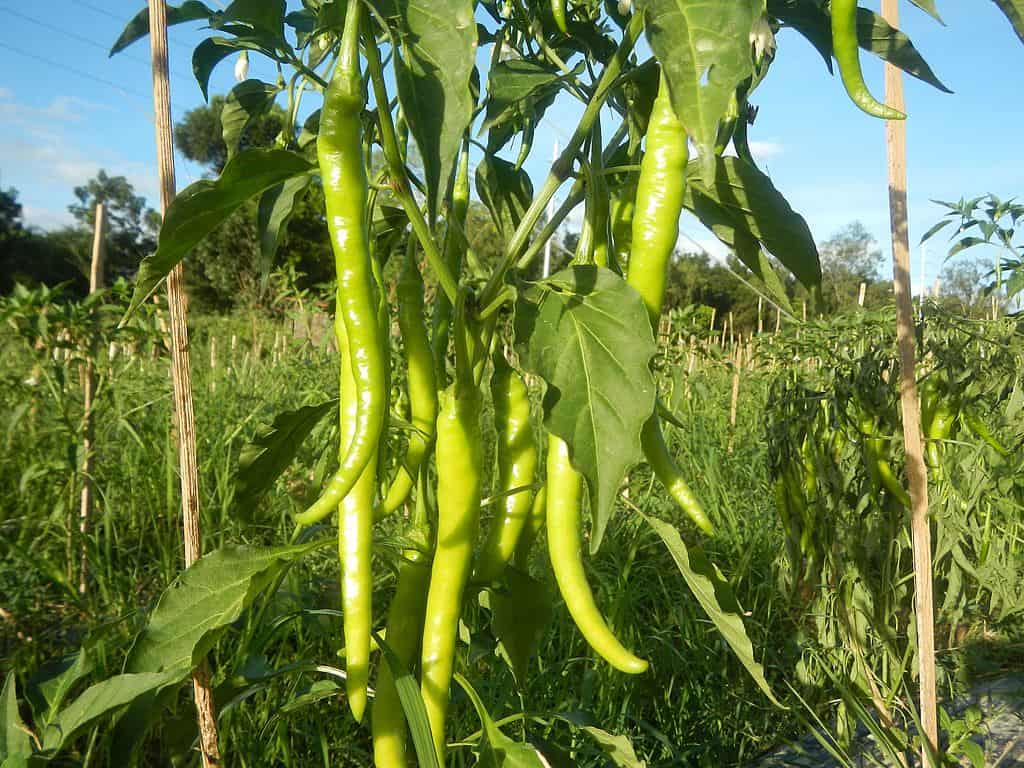
Southern peas, or cowpeas, are excellent choices for planting in July, particularly for gardeners in Georgia’s warmer regions. These legumes, which include varieties like Purple Hull and Black-eyed peas, prefer temperatures around 75-95°F and can be planted directly into the ground. Southern peas are not only heat tolerant but also improve soil nitrogen levels, promoting overall garden health. Expect to harvest in approximately 60 to 75 days.
Bell Peppers
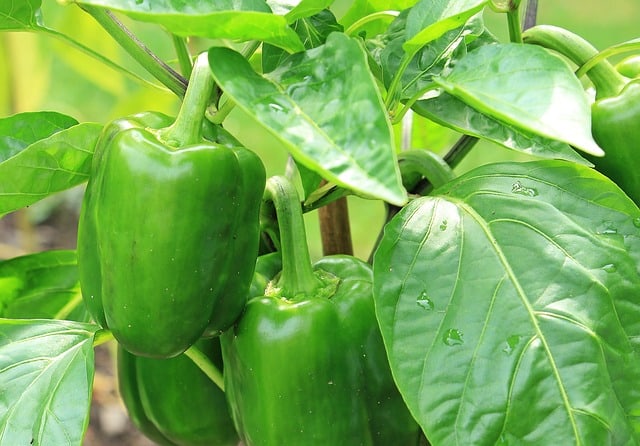
Bell peppers can be planted in July in Georgia’s warmer zones, particularly for late summer yields. These plants prefer daytime temperatures around 70-85°F and require a sunny spot with good airflow. When planted in July, expect a harvest by late summer to early fall, especially if using transplants. They thrive in well-draining soil enriched with organic matter, making them an ideal choice for nutrient-rich garden beds.
Bush Beans
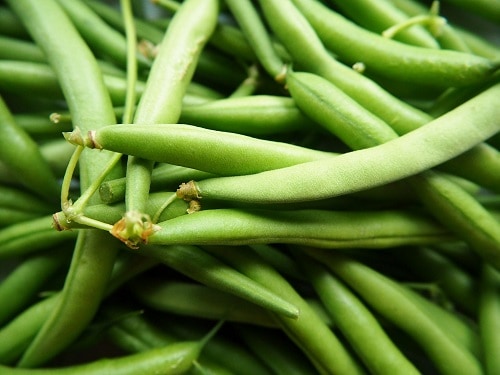
Bush beans can be sown directly in the garden in July. They thrive in warm weather and mature quickly, typically in 50-60 days. Plant them in a sunny location, ensuring that the soil temperature is at least 70°F. Keep them well-watered, and you can expect a continuous harvest of tender, delicious beans until early fall.
Cucumbers
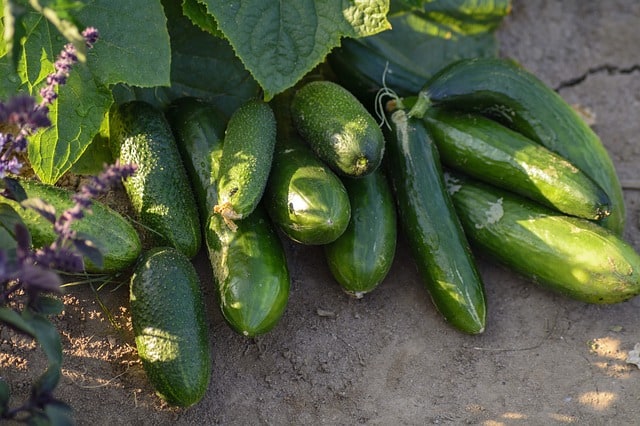
Cucumbers are another great vegetable option for July planting. They prefer warm soil and air temperatures, making them well-suited for Georgia gardens in the summer. With varieties maturing in as little as 50 days, they can be either direct-seeded or transplanted. Keep the soil consistently moist and ensure plenty of sunlight; you’ll enjoy fresh cucumbers for salads and pickling by late summer.
Zucchini
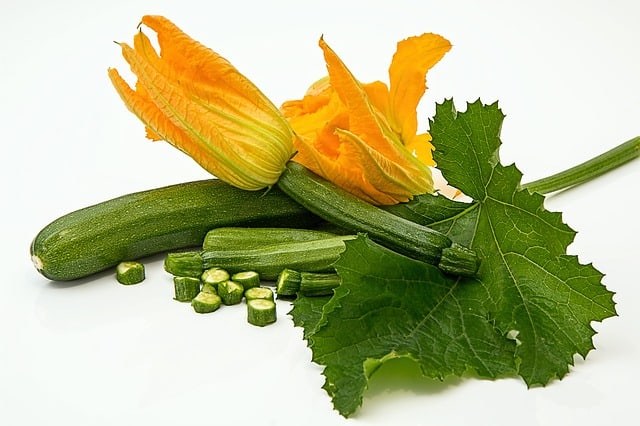
Zucchini, a prolific summer squash, is well-suited for July planting. This vegetable prefers growing in temperatures between 70-95°F and can yield fruit in as little as 45 days from planting. These plants need ample sunlight and space to spread out, making traditional rows a good planting method. Be on guard for pests such as squash bugs, and you can enjoy abundant zucchini through the warm season.
Watermelon
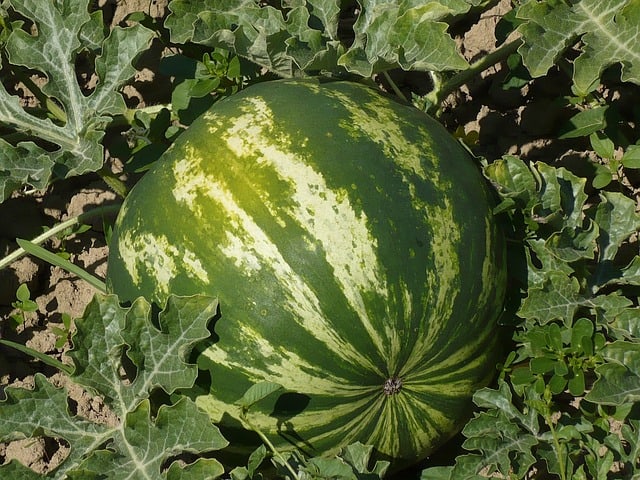
Watermelon enjoys the heat, making July a great time for planting in Georgia. With a growing season of 70-90 days, sow your seeds early in the month for a thrilling harvest at the height of summer. These fruits require full sun and warm soil to germinate properly and thrive; ensure they have plenty of room to sprawl. Keep the soil moist but not waterlogged for optimal flavor and size.
Sweet Potatoes
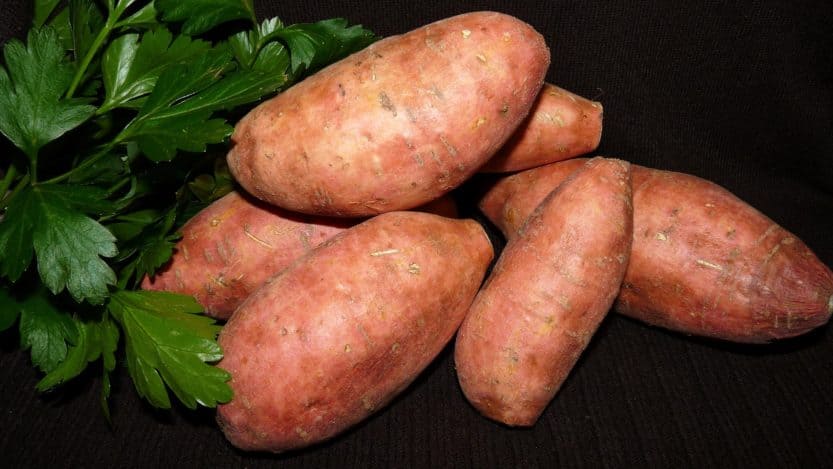
In Georgia’s heat, sweet potatoes thrive when planted in July. These tubers prefer warm soil temperatures, around 70-90°F, and require a long growing season of around 90-150 days. Plant sweet potato slips into rich, well-draining soil, and ensure they receive full sun. A mid-summer planting ensures sweet potatoes are harvested in late fall when their flavor is at its peak.
Eggplant
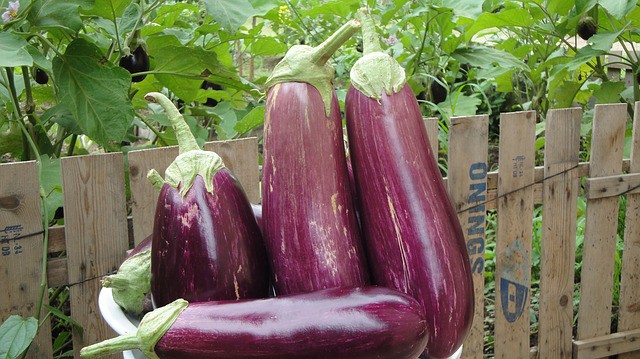
Eggplant is well-suited for Georgia’s warm climate and can be planted in July for a late-summer harvest. Preferring full sun and warm soil, eggplant thrives in temperatures of 70-90°F. Whether you start with seeds or transplants, expect a growth period of around 70-80 days. Eggplants can be susceptible to pests like aphids, so monitoring is essential for healthy, fruitful plants.
Kale

Though typically regarded as a cooler weather crop, kale can also be planted in July in Georgia’s fall gardens. Start seedlings indoors or direct-seed them outdoors, depending on your timing and preference. Kale prefers temperatures between 60-65°F but can tolerate heat if properly watered. You’ll enjoy kale in salads and cooking as summer transitions into fall.
Flowers To Plant
July is an excellent time to plant a variety of flowers that can handle the heat and bring color to your landscape. Here are ten flowers ideal for planting in Georgia during this summer month:
Sunflowers

Sunflowers are a perfect choice for Georgia gardens in July. These vibrant blooms love the sun and thrive in warm temperatures. Planting sunflower seeds directly into the ground this month will yield cheerful flowers in about 70 to 100 days. Sunflowers not only attract pollinators but also provide seeds for birds come fall, making them a wonderful addition to any garden.
Zinnias

Zinnias are among the top summer annuals to plant in July, as they thrive in heat and full sun. Known for their bright colors and long bloom times, zinnias can be planted from seed and will start flowering in approximately 60-80 days. They are low-maintenance and very attractive to butterflies, perfect for attracting beneficial insects to your garden.
Marigolds
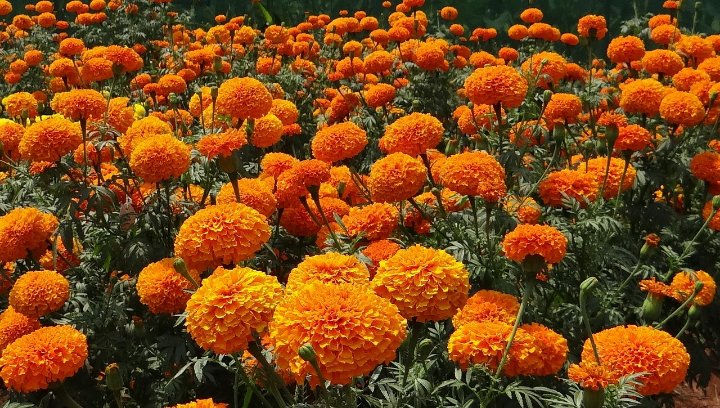
Marigolds are a hardy flower that can handle Georgia’s summer heat. These cheerful blooms are quick-growing and can be planted in July for bright orange and yellow hues in your garden. Generally, marigolds take about 50-75 days to bloom from seed. They are known for their pest-repelling properties, making them an excellent companion plant in vegetable gardens.
Lantana
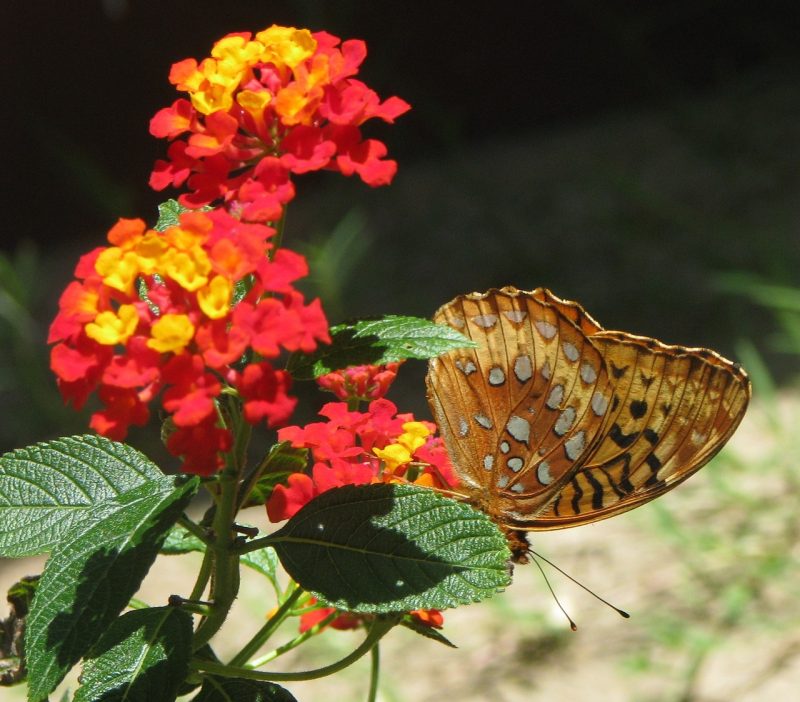
Lantana is a native flowering plant that thrives in Georgia’s hot, humid summers. These resilient blooms can be started from seed or purchased as transplants. Once established, they thrive with minimal water and care and can attract butterflies. Lantanas bloom throughout the summer and fall and can withstand temperatures up to 100°F.
Cosmos

Cosmos are radiant, easy-to-grow flowers that can be planted in July for fall blooms. They flourish in sunny locations and tolerate heat very well, making them ideal for summer planting in Georgia. Expect them to take around 70-90 days to flower, and enjoy their delicate blooms as they attract bees and butterflies to your garden.
Salvia
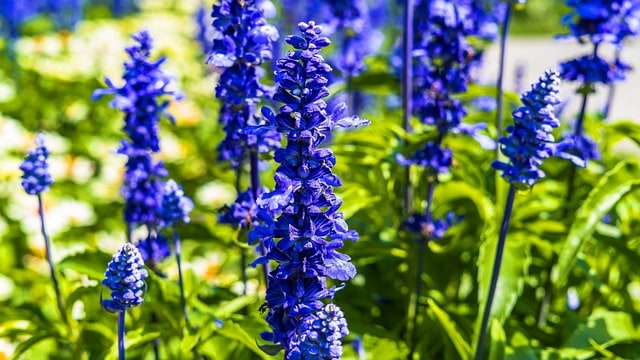
Salvia is another superb choice for summertime planting as it enjoys hot, dry conditions. When planted in July, salvia will establish roots before the cooler fall weather arrives, ensuring vibrant blooms throughout the rest of summer and into autumn. Salvia can vary greatly in height and color, making them versatile for many garden styles.
Portulaca (Moss Rose)
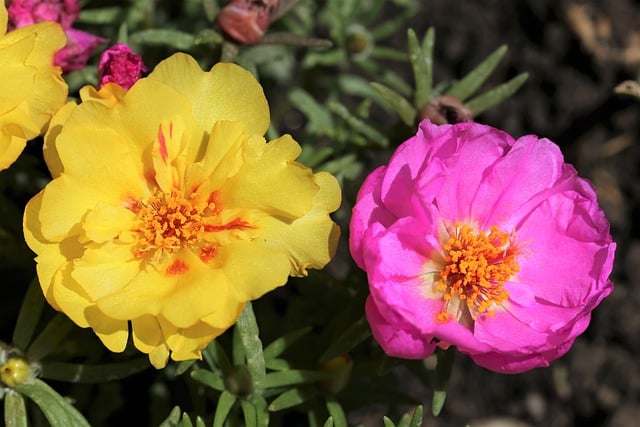
For a colorful, low-maintenance option, consider planting Portulaca, or moss rose, in July. This succulent annual thrives in hot, dry conditions and can be a beautiful ground cover or container plant. Portulaca seeds germinate rapidly and will bloom in about 30-60 days, providing vibrant color throughout the summer.
Black-eyed Susans
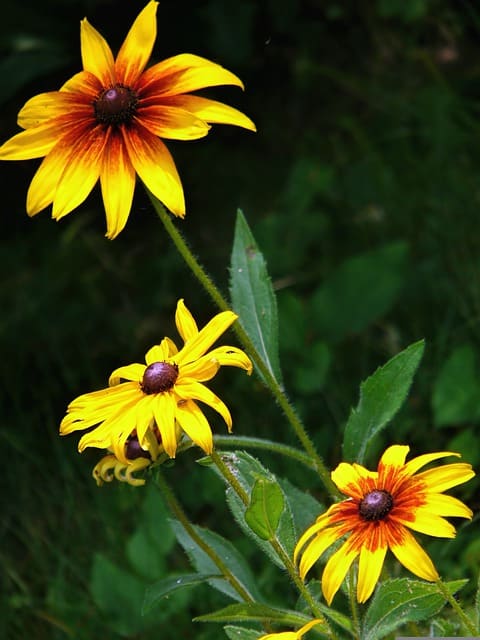
Black-eyed Susans are perennial favorites that can thrive in Georgia’s heat. While they are typically planted earlier in the year, July plantings can still be successful, especially in areas with milder late summer days. These cheerful yellow flowers make excellent additions to cottage gardens or naturalized landscapes.
Verbena
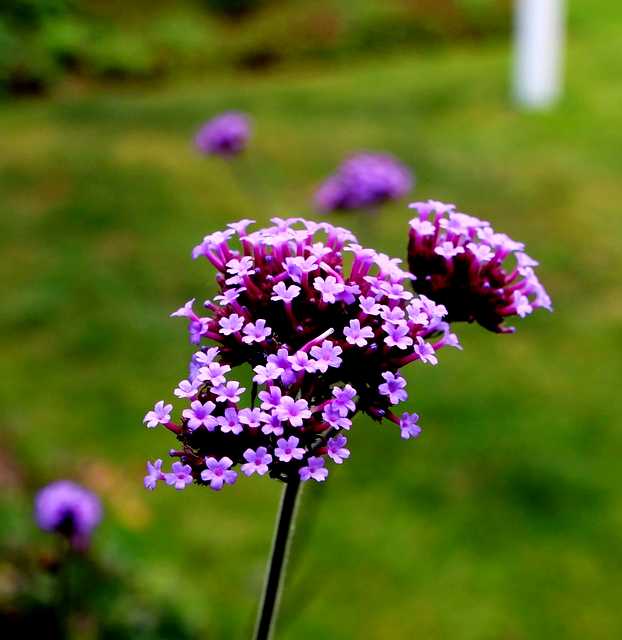
Verbena is another excellent flowering option that can handle Georgia’s summer conditions. It thrives in full sun and prefers well-drained soil. Planting verbena in July will provide a lovely ground cover or hanging basket option. They are particularly prized for their continuous blooms that attract pollinators.
Gaillardia (Blanket Flower)
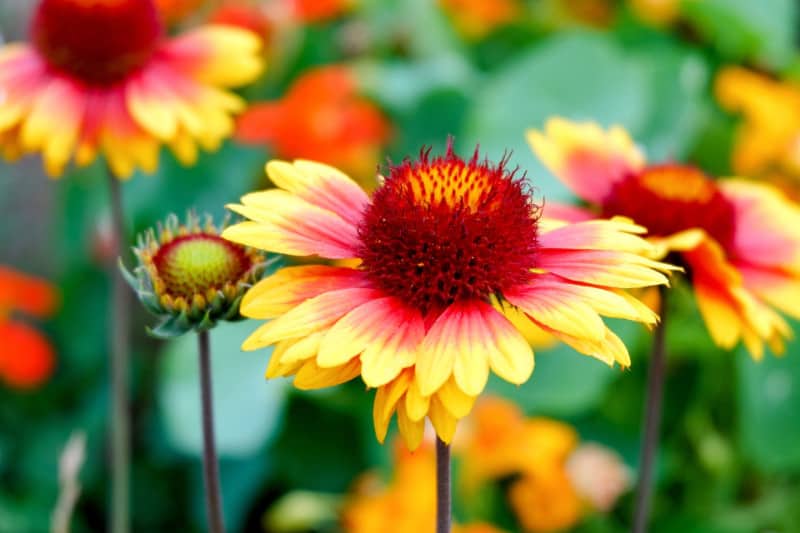
Plant Gaillardia, also known as blanket flower, in July for a display of brilliant color in the summer garden. This hardy perennial can tolerate poor soil and drought conditions once established. With a bloom time of approximately 60-80 days, it offers vibrant red, orange, and yellow flowers that butterflies adore.
Herbs To Plant
Growing herbs in July not only enhances your culinary adventures but also promotes a fragrant and vibrant garden. Here’s a detailed list of ten herbs that you can plant in Georgia during the heat of summer:
Basil
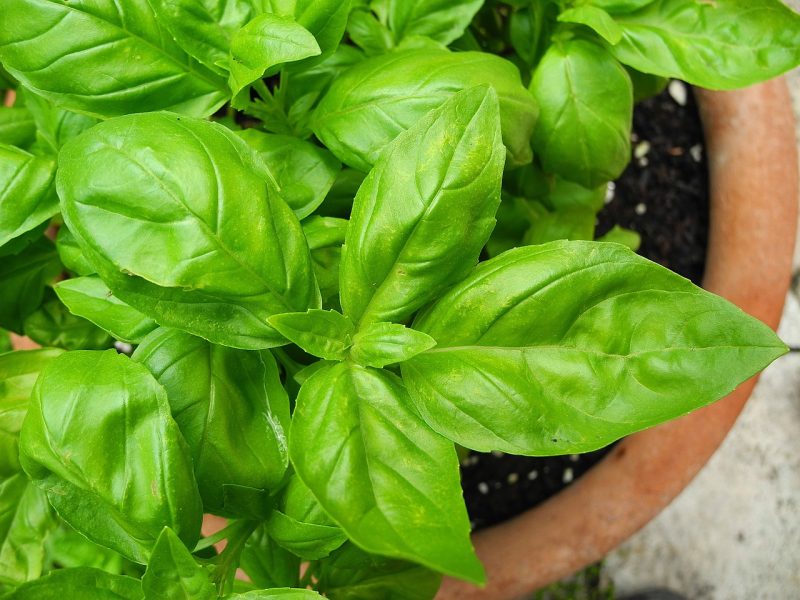
Basil is a prime candidate for summer planting in Georgia’s USDA zones. This aromatic herb thrives in warm weather and does best with temperatures between 70-90°F. Planting basil in July, whether from seed or transplants, will yield a fragrant crop ready for harvest in about 60 days. Basil is an excellent addition to many dishes and pairs well with tomatoes—a perfect pairing for summer salads.
Dill
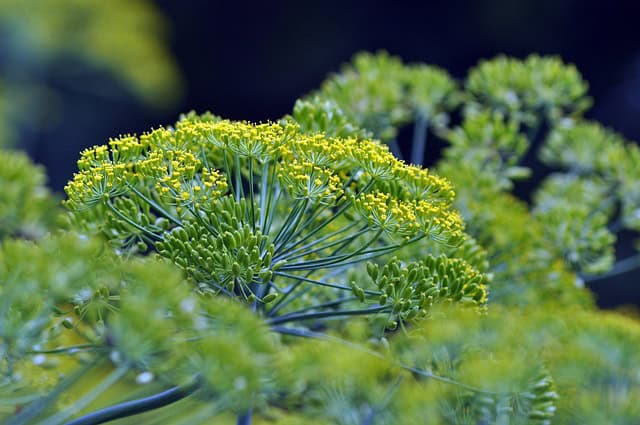
Dill is a short-lived herb that can be sown directly in the garden in July. This herb germinates quickly and flourishes in warm conditions, taking about 40-60 days to reach maturity. Dill not only adds flavor to culinary dishes but also attracts beneficial insects to your garden, promoting a healthy ecosystem.
Chives

Chives are among the hardiest herbs and can be planted in July for a fresh summer crop. These perennials grow best in full sun and well-drained soil and can tolerate heat well, making them an excellent choice for the Georgia climate. Expect your chives to be ready for harvest in about 60-90 days, offering a mild onion flavor to your dishes.
cilantro
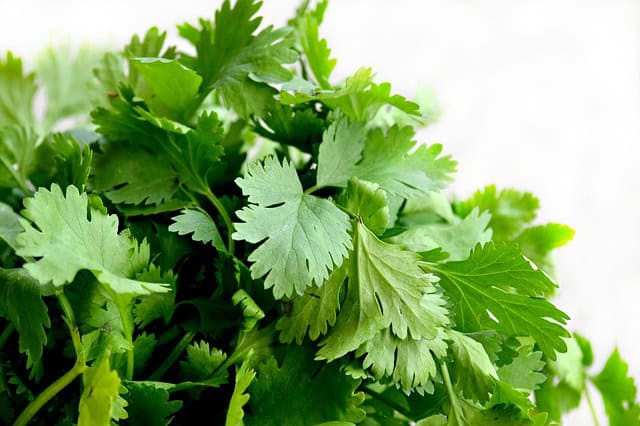
Cilantro can be grown in the early summer, but it can still be planted in July as a fall crop in Georgia. For best results, sow seeds directly into the soil and keep them well-watered. Cilantro will thrive in the cooler nights of late summer and is ready for harvest within 30-40 days, providing fresh leaves for salsa and garnishing.
Mint
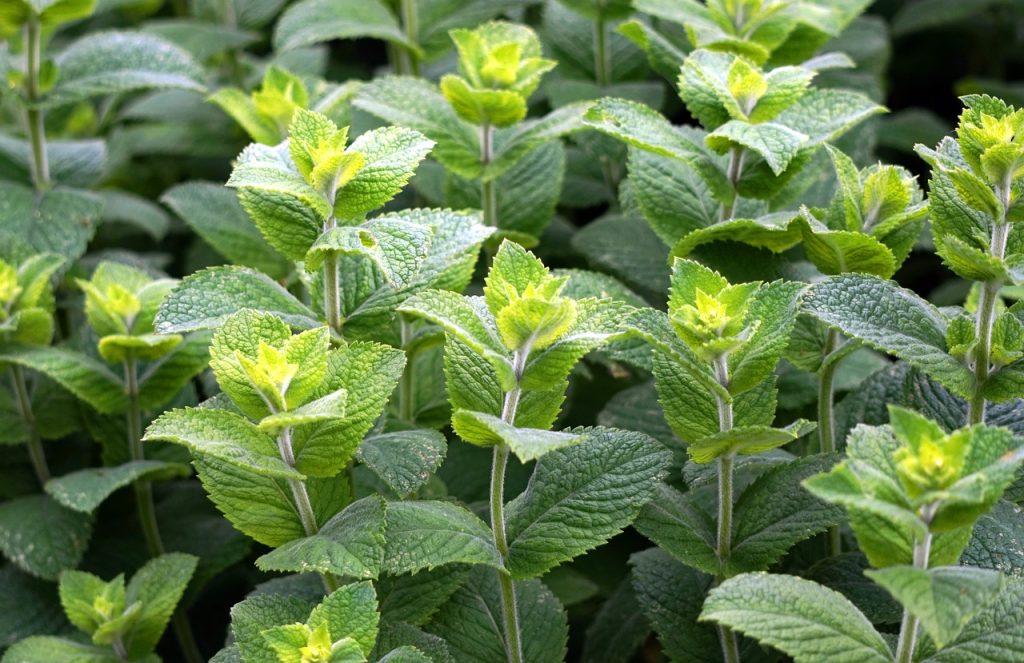
Mint is a vigorous herb that can be planted in July. While it can take some time to establish, its growth is rapid once it takes hold. Mint enjoys the warm temperatures of summer and can even handle partial shade, preferring well-drained soil. Plant mint in a contained space as it tends to spread, and you will have fresh mint leaves ready to add to drinks and dishes.
Oregano
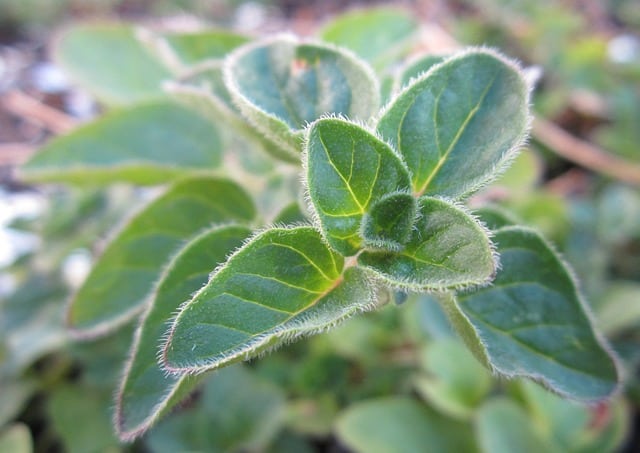
Oregano, both a culinary delight and a hardy perennial, is suitable for July planting in Georgia. This herb prefers sunny spots and can tolerate dry conditions once established. Expect a harvestable crop in about 70-80 days. Oregano is a staple in Mediterranean cooking and can be dried for future use.
Thyme
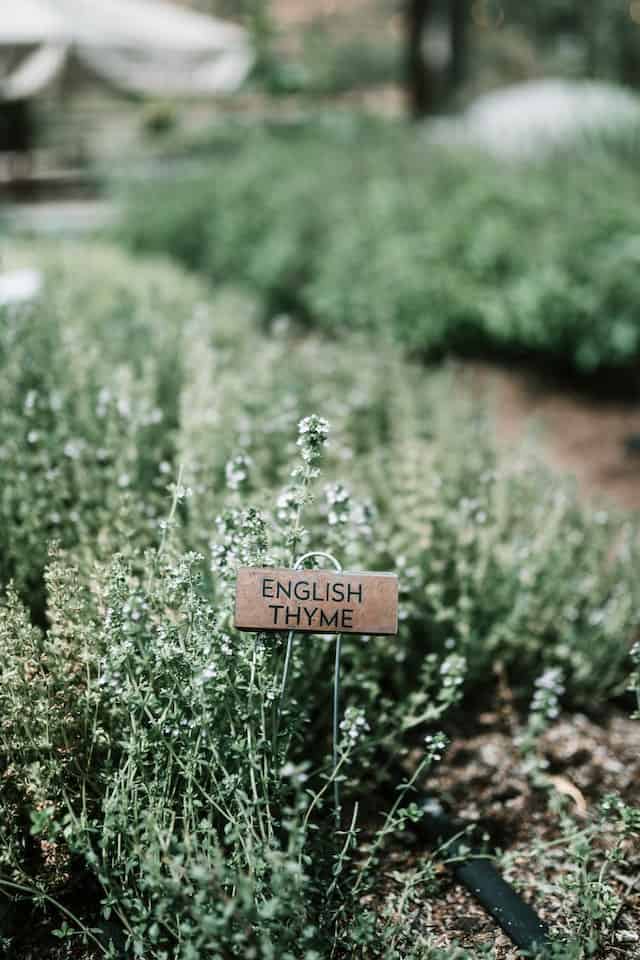
Thyme is another ideal herb for summer planting, known for its drought tolerance and aromatic leaves. Once established, it thrives in the heat and can produce fresh herbs for many months with proper care. Thyme can be grown from seed or transplants, and you can expect to start harvesting in about 70-80 days.
Rosemary
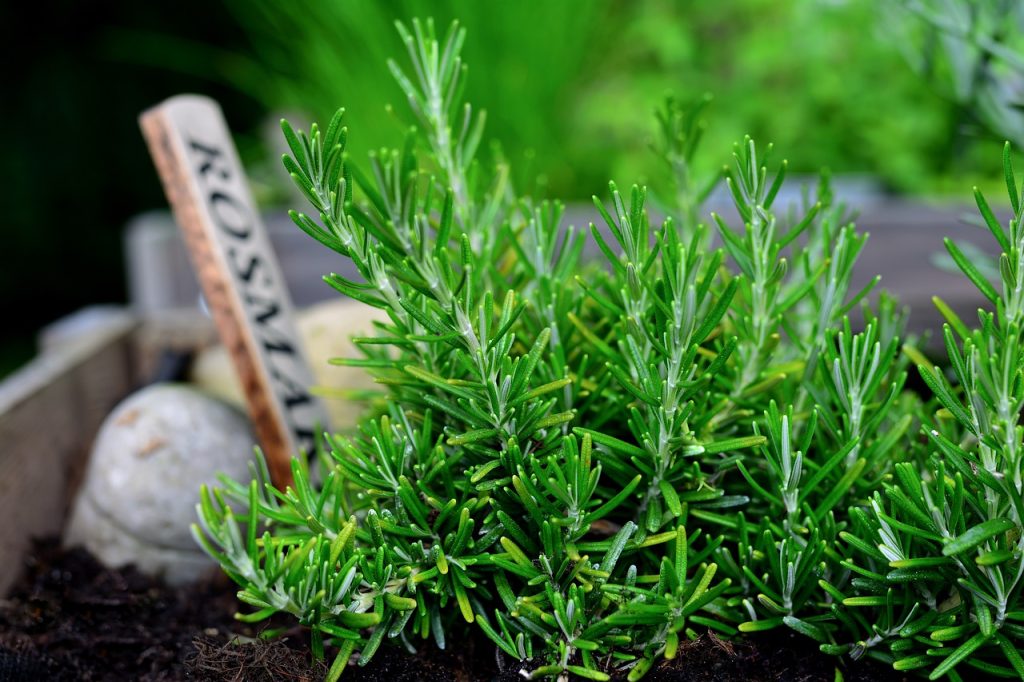
Rosemary is a hardy herb that can be planted in July, and it thrives in hot, sunny conditions. Unlike many other herbs, rosemary prefers well-drained soil and can tolerate drought once established. This Mediterranean herb takes a bit longer to mature; expect to start harvesting in 80-100 days. Its fragrant leaves enhance a variety of dishes and beverages.
Tarragon
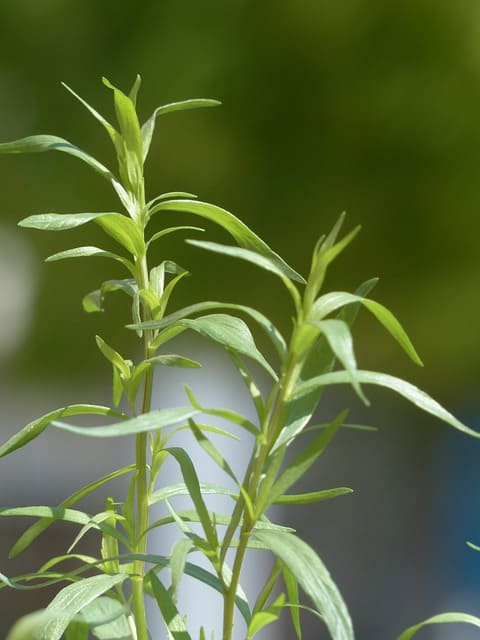
Tarragon can be planted this month as well. French tarragon prefers sunny conditions like most culinary herbs. It typically takes about 70-90 days to mature, offering a distinct anise flavor that’s perfect for enriching sauces and dressings. Be sure to plant it in well-drained soil for optimal growth.
Parsley
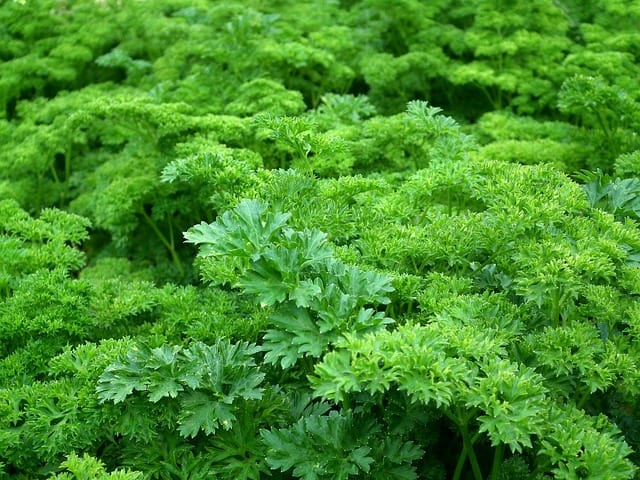
Parsley can still be planted in July for those who wish to grow this versatile herb. It prefers cooler temperatures but can be sown in mid-summer, particularly in the northern parts of Georgia. Expect your parsley to be ready for harvesting in approximately 70-90 days, adding freshness to salads, soups, and sauces.
Landscape Plants To Plant
July is a crucial time for landscape planting to ensure your yard remains vibrant and inviting during the hot summer months. Here’s a carefully curated list of ten landscape plants that thrive when planted in July in Georgia:
Crape Myrtle
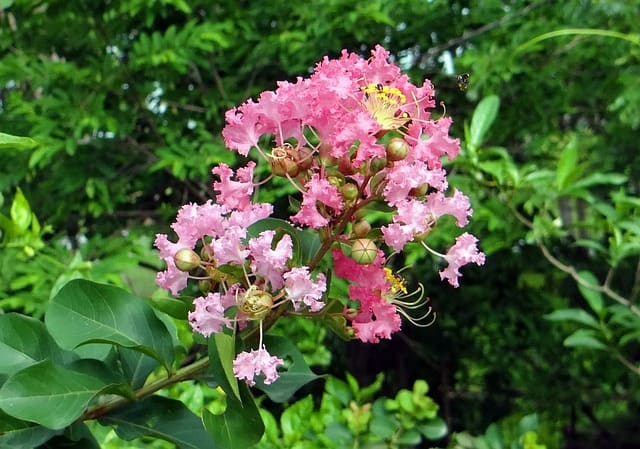
Crape myrtle is a beautiful staple of Georgia landscapes. Known for their long-lasting summer blooms and colorful foliage, crape myrtles thrive in the heat and can be planted as both small trees or large shrubs. They require full sun and well-drained soil, and when planted in July, they can establish well and produce vibrantly colored flowers before fall.
Knock Out Roses
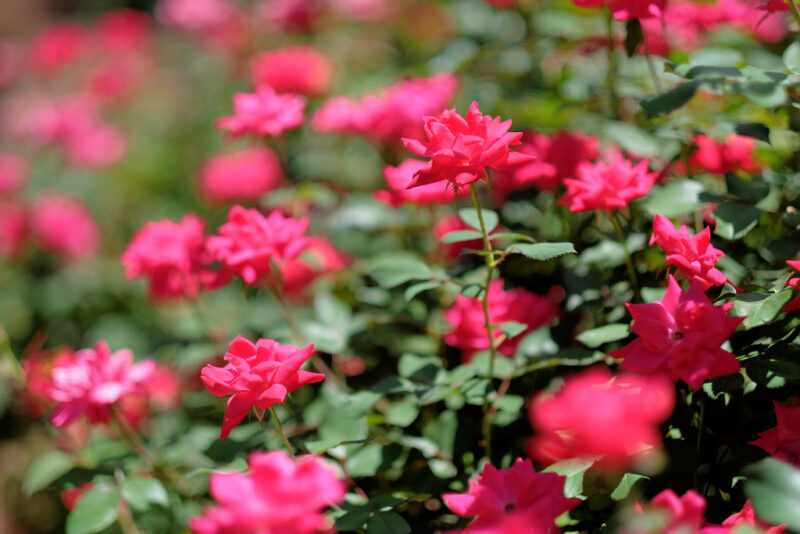
Knock Out roses provide a burst of color and are incredibly resistant to disease. These hardy roses can be planted in July as long as they receive adequate water and sunlight. Expect blooming within a few weeks after planting. Knock Out roses are low-maintenance and continue to flower throughout the summer, making them perfect for attractive landscaping.
Blue Salvia
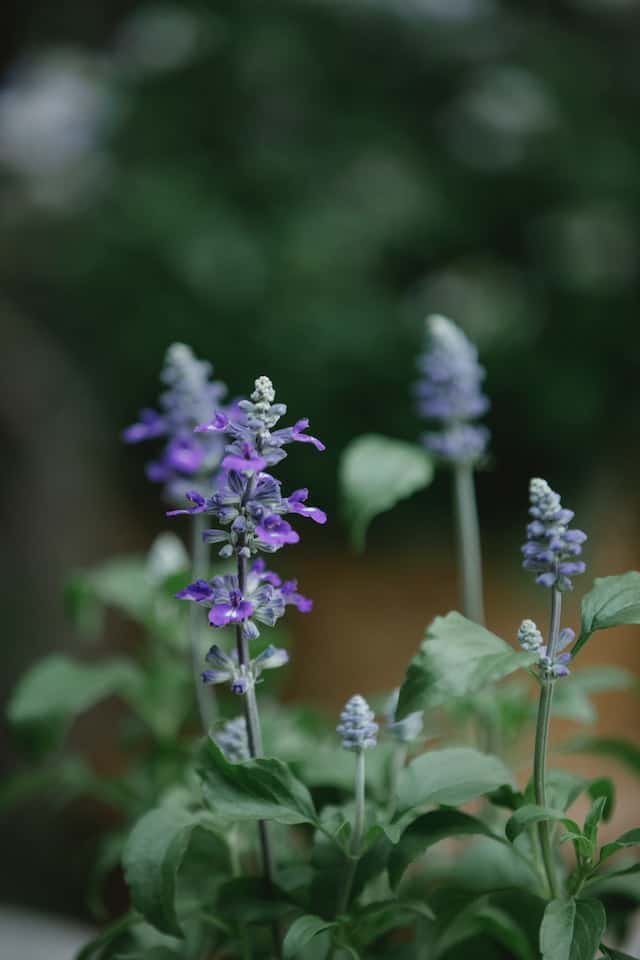
Blue salvia is a perennial plant beautifully suited for Georgia landscapes, offering stunning spikes of blue flowers that bloom from summer to fall. It thrives in full sun and well-drained soil and can be planted in July to establish before the cooler times of year. This drought-tolerant plant attracts pollinators and adds a lovely touch to garden beds.
Azalea
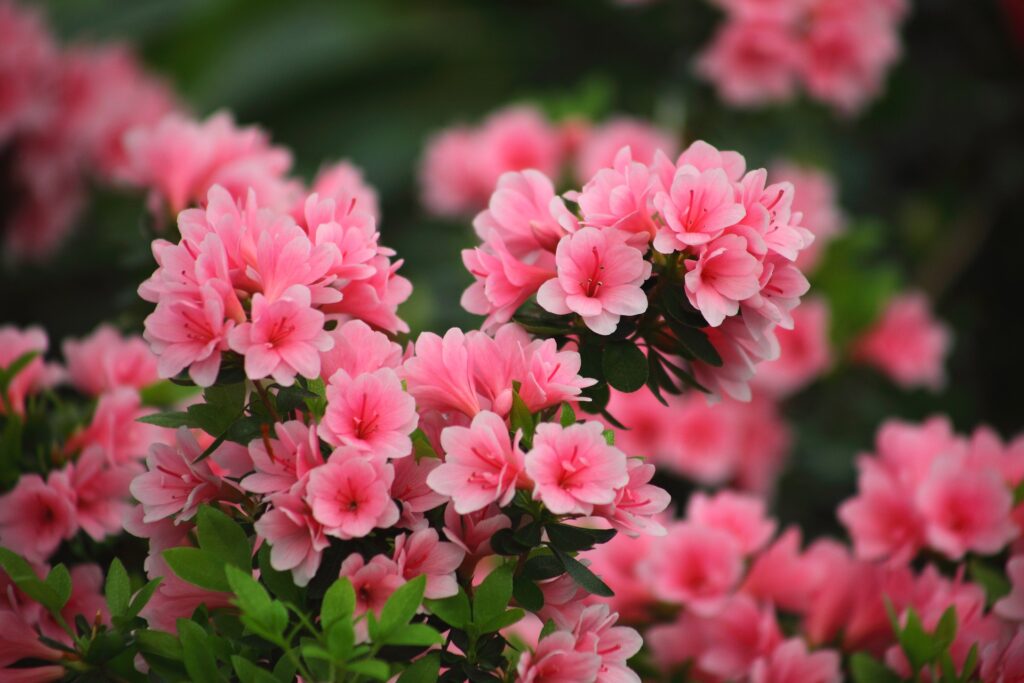
Azaleas can be planted in July for fall displays in more shaded areas. While this is typically a spring planting, late summer and early fall blossom events can be seen when planted in July. They thrive in acidic soil and partial shade, making them perfect for woodland gardens or shaded corners of landscapes.
Daylilies
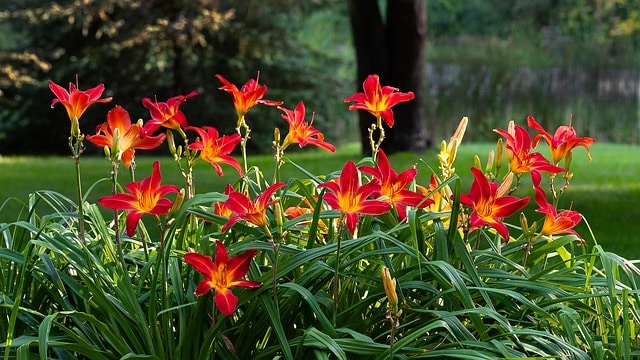
Daylilies are hardy perennials that can be planted in July. Known for their easily adaptable nature, they can thrive under a variety of conditions. Plant them in full sun or partial shade. Expect blooms in a range of colors and forms that can brighten up your garden for many summers. Daylilies are highly drought-tolerant once established, making them a low-maintenance choice.
Fennel
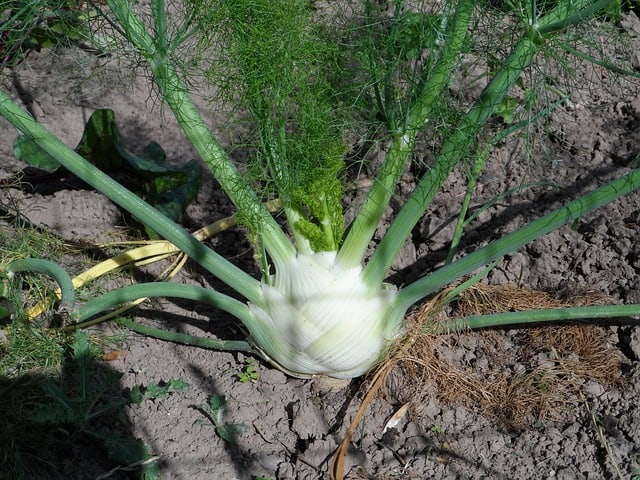
Fennel is a versatile plant that can serve both culinary and decorative purposes. When planted in July, this plant enjoys the warm weather of Georgia. Its attractive feathery foliage adds visual interest to the garden, while its bulbous base can be harvested for culinary uses in the kitchen. Ensure it has plenty of space to grow and sun exposure for optimal development.
Caladiums
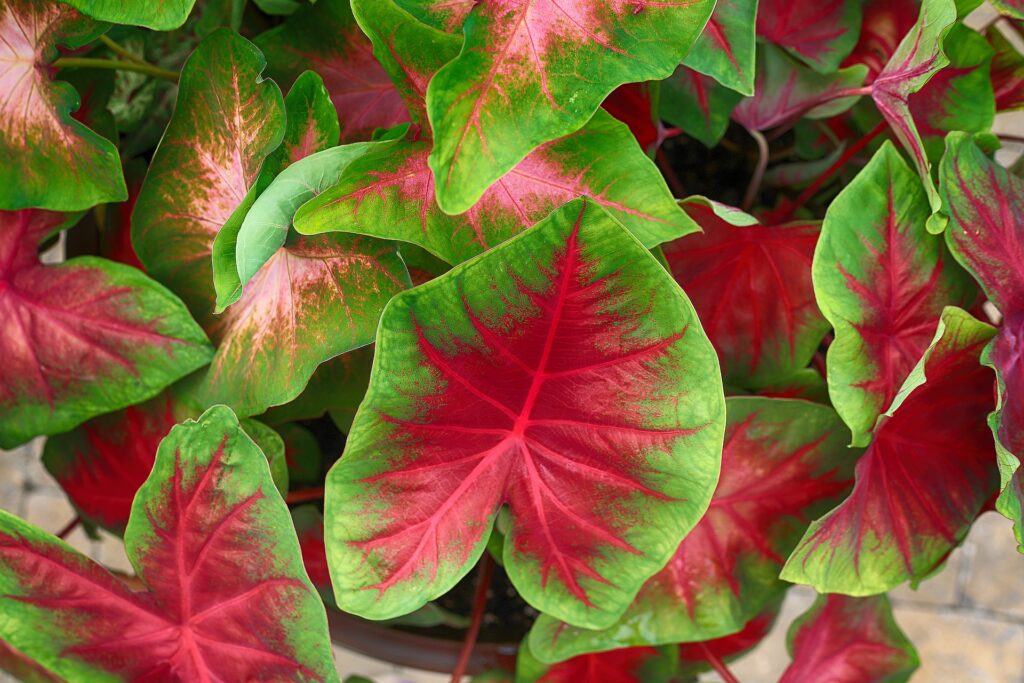
Caladiums bring vibrant foliage colors to summer garden landscapes. These tropical plants thrive in shade or partial sun and should be carefully watered during their first few weeks after planting. July is a great time for planting since these plants enjoy warm summer temperatures. Expect bold patterns that varied in color as they grow.
Butterfly Bush
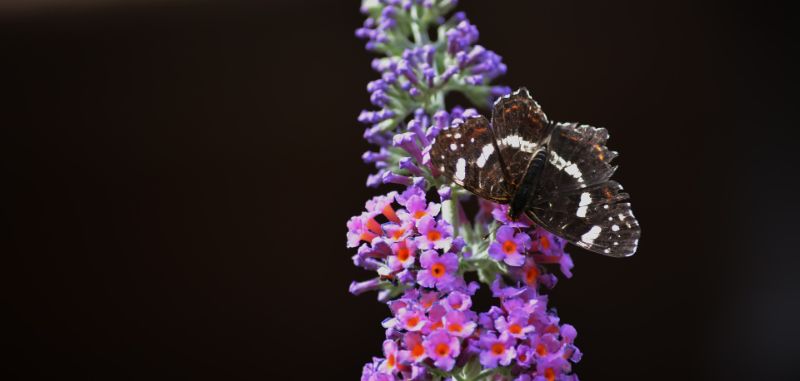
The butterfly bush is an essential addition to any butterfly garden. With vibrant flowers that attract butterflies and hummingbirds, planting them in July ensures they establish well before the end of the summer. The plant prefers well-drained soil and full sun, yielding blooms that will continue through late summer and fall.
Ornamental Grasses
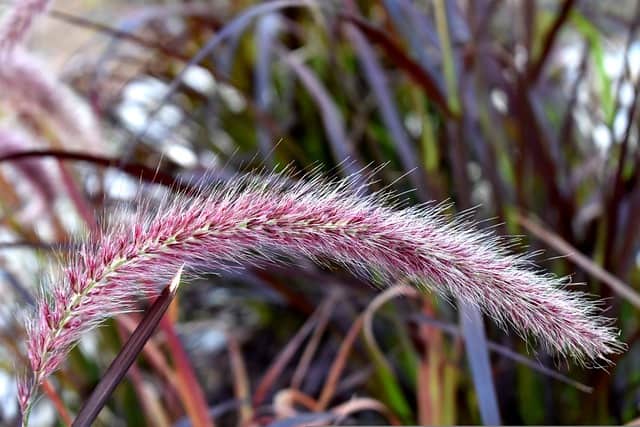
Ornamental grasses, such as pampas grass or fountain grass, can be planted in July to bring additional texture to landscapes. They adapt well to a variety of soil conditions and can withstand high heat. These grasses add movement and contrast to garden spaces, thriving in both sun and partial shade.
Hollyhock

Hollyhocks are striking biennials that can be planted in July for late summer blooms. Though they can take a while to establish, investing in hollyhocks can lead to stunning displays of large flowers along fences and garden edges. Ensure they have away to climb for a lovely aesthetic bloom in the following summer.




